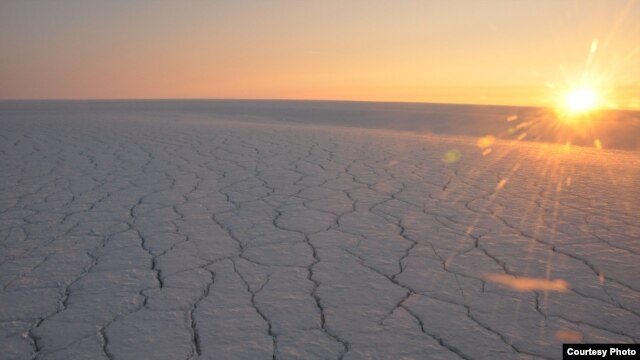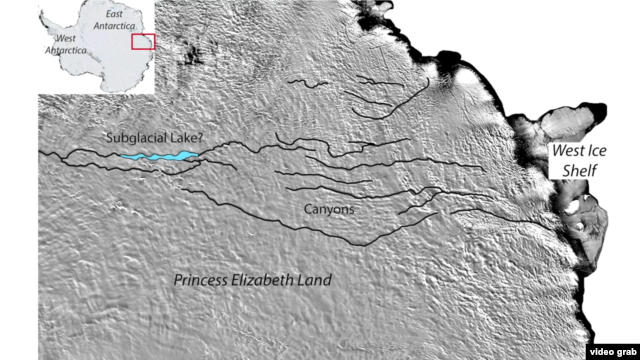David_42
Registered Democrat.
- Aug 9, 2015
- 3,616
- 833
- 245
Time to start contributing to the environment forum, after all, I'm just another commie enviro liberal fascist. LOL.
Climate Change: Vital Signs of the Planet: The hidden meltdown of Greenland
Climate Change: Vital Signs of the Planet: The hidden meltdown of Greenland
More than 90 percent of our planet’s freshwater ice is bound in the massive ice sheets and glaciers of the Antarctic and Greenland. As temperatures around the world slowly climb, melt waters from these vast stores of ice add to rising sea levels. All by itself, Greenland could bump sea levels by 7 meters (23 feet) if its ice melted completely.
And … it’s melting.
In August 2014, Eric Rignot, a glaciologist working at the University of California, Irvine and NASA's Jet Propulsion Laboratory, led a team in mapping ice cliffs at the front edges of three outlet glaciers in Greenland. The researchers found cavities that undercut the base of these leading edges that can destabilize the ice front and enhance iceberg calving, the process where parts of the glacier break off and float away.
"In Greenland we have melt rates of a few meters a day in the summer months," says Rignot.
What’s causing this "big thaw"?
Rignot’s team found that Greenland's glaciers flowing into the ocean are grounded deeper below sea level than previously measured. This means that the warm ocean currents at depth can sweep across the glacier faces and erode them.



